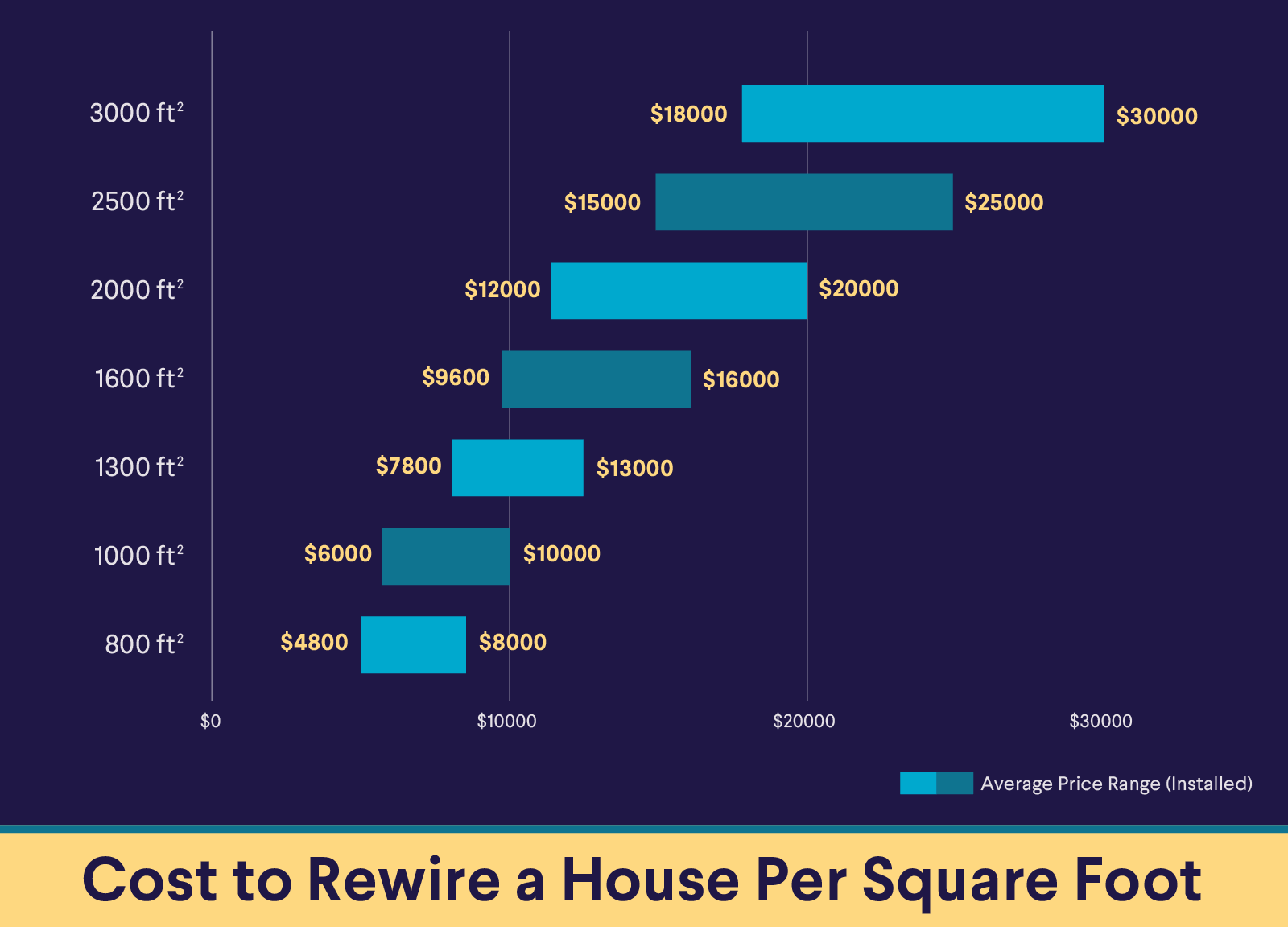Preapproval vs Prequalify: What’s the Difference?
Has this happened to you? You’re thinking about getting a personal loan but haven’t yet applied. Then you get a letter in the mail: “You’re preapproved or prequalified for a personal loan!” What does that mean?
Some lenders use “prequalified” interchangeably with “preapproved,” but they are different. Here, we’ll discuss the distinction, and how to know if you’re a good candidate for a personal loan.
What Does Being Prequalified for a Loan Mean?
Prequalification is sometimes considered the first step in the loan approval process. You can think of it as a less comprehensive version of a preapproval. Prequalification simply means that you fit the general description of a customer typically qualified for a loan.
Based on your general profile, the lender can give you an idea of the size of loan you can qualify for. While prequalification can be done fairly quickly, it does not involve a full analysis of your credit report or verification of the financial information you provide. Because of that, there’s no guarantee that your loan will be approved.
Recommended: What Is a Personal Loan?
What Does Loan Preapproval Mean?
Preapproval is a more in-depth stage of the personal loan approval process. A lender will have accessed your financial history to assess you as a potential customer. Being preapproved means that, based on the information accessed, you most likely will be approved for a loan.
Preapproval allows the lender to show you the size of the loan you might qualify for, and the interest rate and loan terms they’re willing to offer. It’s a step closer to final approval of your loan application. However, this doesn’t automatically translate to being fully approved. For example, a hard credit inquiry can pull in information previously unseen by the lender that was not considered at the preapproval stage.
Does Prequalification or Preapproval Affect Your Credit Score?
Lenders typically prequalify you on the basis of financial information that you provide and perhaps a soft inquiry into your credit history. Soft inquiries don’t affect your credit score, so it’s unlikely that prequalification will either.
Because the prequalification process varies by lender, however, it’s impossible to say for sure that prequalification won’t impact your credit. If it does, the impact will be small and temporary.
Preapprovals are more rigorous than prequalifications, and closer to what you’ll experience when you actually apply for a loan. Preapprovals often involve a hard credit inquiry, which does impact your credit. Again, any effect will be minor.
Recommended: Should You Borrow Money During a Recession?
How Do I Know If I’m a Good Candidate for a Personal Loan?
A personal loan application considers your existing debt and your ability to repay the loan. Your current employment will factor into how well-suited you are to repay the loan, as will your credit score. In most cases, this means you need a good credit score to qualify for an unsecured personal loan at a low interest rate.
Lenders will also consider your “DTI” — the ratio of your income to existing debt — and what kind of monthly payments you can afford.
If you can’t otherwise qualify because of a poor credit score, consider asking a close friend or family member to cosign your personal loan. Adding a cosigner with a good credit score to your application can help you get a lower interest rate on your loan.
Awarded Best Online Personal Loan by NerdWallet.
Apply Online, Same Day Funding
Will You Prequalify for a SoFi Personal Loan?
Some nontraditional lenders, like SoFi, look at other parts of a financial package when evaluating a candidate’s personal loan application.
SoFi considers additional factors such as your earning potential and cash flow after expenses. This means that even if you have a shorter credit history (because you just graduated college, for example) you may still qualify for a personal loan based on your education and career.
To find out if you qualify for a SoFi personal loan, first go through the online prequalification process. This requires you to create an account, and input your basic personal information, education, and employment history. It takes only a few minutes, after which SoFi will immediately show you which loan options you prequalify for.
After selecting a preliminary personal loan option, you’ll have to finalize your application by uploading documentation to verify your personal information. This may include pay stubs and bank statements. Once you’re approved, the loan is typically disbursed within a week.
SoFi Loan Products
SoFi loans are originated by SoFi Bank, N.A., NMLS #696891 (Member FDIC). For additional product-specific legal and licensing information, see SoFi.com/legal. Equal Housing Lender.
Financial Tips & Strategies: The tips provided on this website are of a general nature and do not take into account your specific objectives, financial situation, and needs. You should always consider their appropriateness given your own circumstances.
SOPL0123004





